Photo: Yun Leong
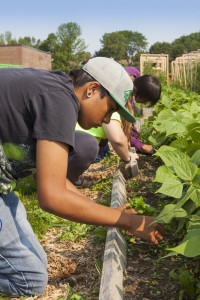
Photo: GreenFuse Photos
Something shifted in 2010. Two cities that had been overcoming barriers to school gardens and getting local foods in classrooms now found themselves starting farms on school grounds. These farms added one more educational and food production tool to the complicated puzzle of Farm to School.
Some wondered if school farms would be a viable economic model and wondered whether they would resolve the distribution challenges of buying from local farmers. Others were curious to see if the farms would more readily engage youth and school staff in their food system. As these schoolyard farms grow, the clearest successes have been in hands on education and leadership skill development. They have also succeeded in freeing up school staff to focus on teaching and student support rather than garden maintenance.
Toronto and Vancouver are leading the charge. These two cities have a long history of collaborating when it comes to school food and sustainable food systems. They frequently adopt and adapt each other’s innovative ideas, and schoolyard farms are just one more example of this productive exchange.
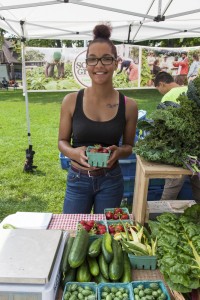
Photo: GreenFuse Photos
Katie German, the School Grown Senior Coordinator with FoodShare in Toronto, has worked with many students who find it hard to show up on time or at all for classes during the school year, but who show up daily to their farm job, sometimes even at 7:30am.
School Grown is a schoolyard farming project that connects students to meaningful learning opportunities. During the school year, students at Bendale and Eastdale are involved in food based learning opportunities in the classroom and in the field. In the Summer, students are hired (and paid!) to work full time. They are part of all aspects of the farm management from planning, seeding, and offering workshops, through to selling their bounty at farmers’ markets.
As Katie German says, their responsibilities help shape a positive identity for themselves: “They are really proudly introducing themselves as farmers when people come up to the tent.”
Seeing students excel over the Summer helps to shift the narrative about some students when they return in Fall. School staff see that these students can thrive when given responsibilities with which they connect.
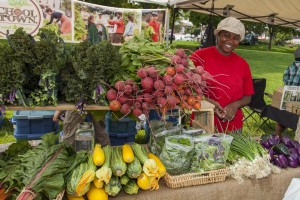
Photo: GreenFuse Photos
The students are learning how much work goes into growing the food they eat. As one student described: “You learn so much that you would never think to know when you are eating something, like how much labour really goes into a plant. Just one plant. With the tomatoes, you have to string them up and spray some seaweed oil stuff on it, and take the extra branches off. It’s just, it’s hard. It guess it gives you more respect for the food.”
German shares that there is no shortage of students who want to be part of School Grown. They interviewed 35 students this Spring for 14 positions. They would love to take more, but they would need more staff to mentor and supervise them.
In Vancouver, Fresh Roots Urban Farm Society began growing schoolyard farms in Vancouver primarily to support teachers. Teachers had experienced the beneficial impacts of teaching outside and using the garden as an outdoor classroom, but they wanted support stewarding the outdoor learning space.
Fresh Roots began creating schoolyard farms, designed as learning spaces and community hubs. Their two farms offer multiple spaces for 30-40 people to gather and learn, making it easier for teachers to take advantage of the learning opportunities a food garden presents. Through their learning spaces, they’ve seen elementary students arm wrestle for the last broccoli flowers and they’ve seen high school students rethink their direction of study to include changing what people eat and where food comes from.
Lee Green, the culinary arts instructor at David Thompson, says that since the farm was built in Spring 2014 with 360 volunteers, one of the biggest successes is how many classes spend time outside. Students write poetry in English class, do leaf sketches in art, and test the soil in biology.
Students are engaging even outside of class time. The presence of the farm has led to increased involvement in David Thompson’s Carrot club. This year, 40-50 students manage their school garden, industrial composter and greenhouse, and they also keenly help out at the farm. Students from across the city are choosing to apply to Green’s culinary arts program over others because they see the value of having an on-site farm and access to farmers in their learning.
Schoolyard farms aren’t a panacea however. In a system where the bottom dollar typically still matters most, pricing challenges still remain. Most produce from both School Grown and Fresh Roots is sold to the general public, including the school community, rather than the schools themselves, as the budget for school produce purchases is incredibly low.
At the David Thompson high school cafeteria, there are only a handful of vegetables where Fresh Roots can compete on price, so Fresh Roots will ensure a steady supply of salad greens, carrots, radishes, and turnips this Spring and Fall.
Contrary to typical school gardens, Fresh Roots and School Grown design their crop plans to generate income, as the intention is that these farms will break even in terms of production costs. Even so, both know that their produce sales will never cover the additional costs for youth leadership programming, community events, and student and teacher support. These activities are still reliant on funding, an ongoing challenge.
Fresh Roots and School Grown both offer workshops for school staff about how to use food- and farm-based learning in their teaching. This training ensures staff are comfortable with everything from classroom management in the garden to creative ways of tying to curriculum. These workshops are incredibly popular and successful in inspiring new ways of teaching outside; the challenge is finding funding to cover the costs.
Schoolyard farms provide easily accessible ways for students to engage in their food system. Over the short term, they may not resolve all of the distribution and pricing challenges faced by schools that want to buy local food and by farmers who want to sell their product. However, schools and students are certainly connecting more with their food, their farmers, their outdoor environment, and each other.
For more information go to:


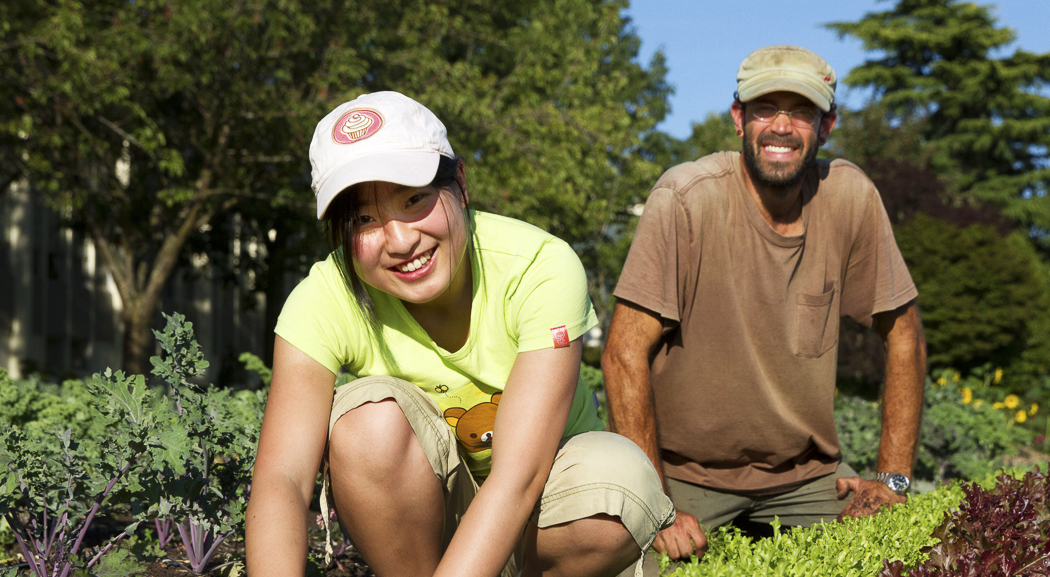
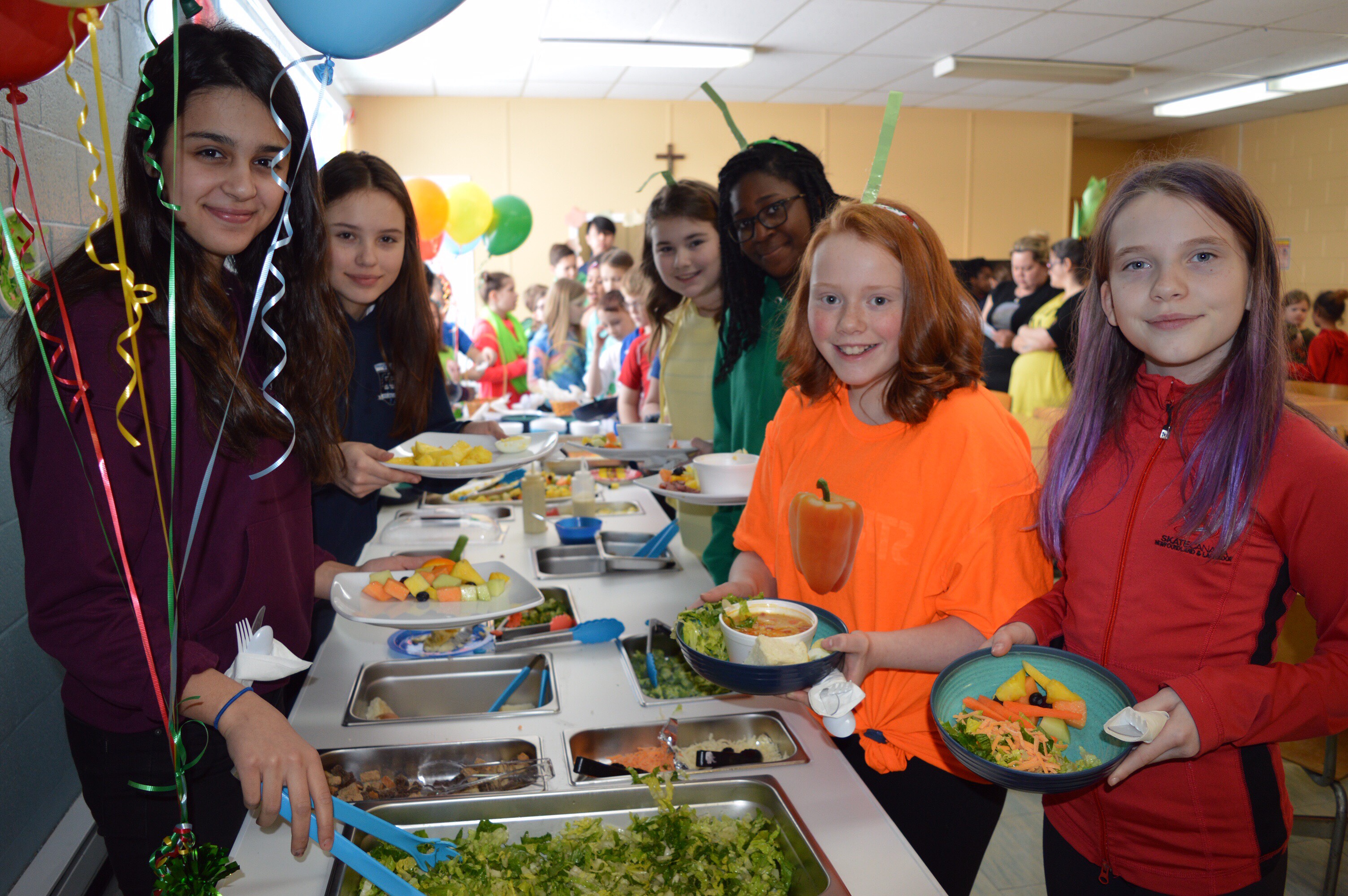

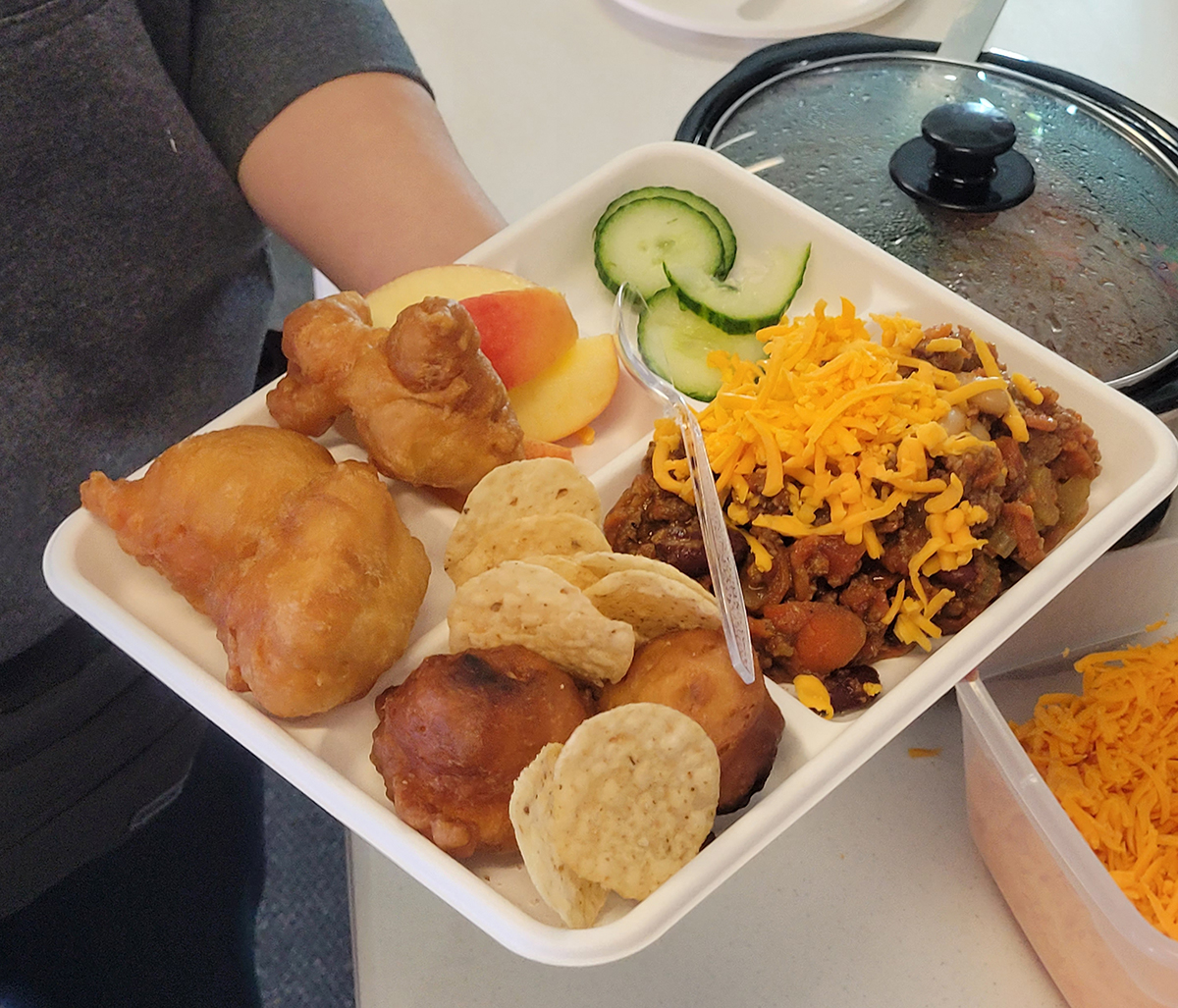
[…] Farming School Grounds, Farm to Cafeteria Canada […]
[…] Some wondered if school farms would be a viable economic model and wondered whether they would resolve the distribution challenges of buying from local farmers. Others were curious to see if the farms would more readily engage youth and school staff in their food system. As these schoolyard farms grow, the clearest successes have been in hands on education and leadership skill development. Farm to Cafeteria Canada post. […]